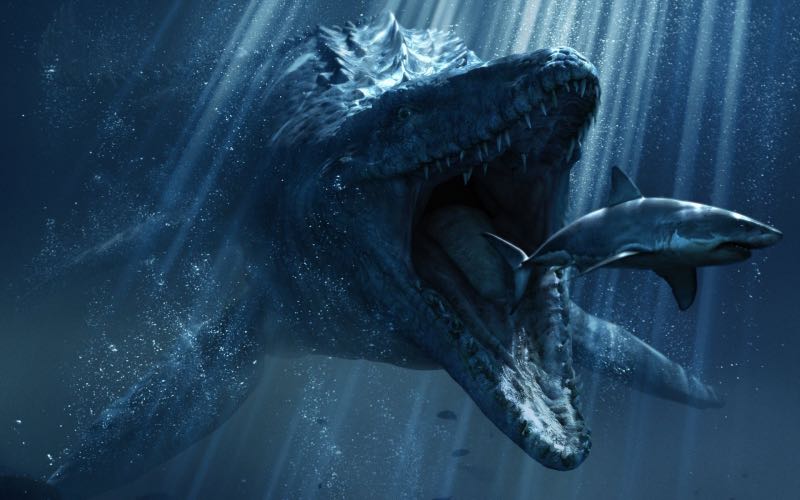A strange fossil discovered in Morocco has sparked debate among paleontologists. The specimen, identified as Xenodens calminechari, appeared to have never-before-seen saw-like teeth, suggesting a unique evolutionary adaptation. However, growing doubt within the scientific community raises the question if this would be a case of fossil forgery. Keep on reading to discover everything we know about it.
The Mystery of the Xenodens Mosasaur Fossil
In 2021, researchers described Xenodens calminechari, a newly identified mosasaur species with remarkably serrated teeth. Unlike other mosasaurs, which had conical or slightly serrated teeth suited for gripping prey, Xenodens was believed to have evolved a cutting edge similar to a shark’s. This adaptation would have allowed it to slice through prey with precision, making it a one-of-a-kind marine predator and possibly one of the deadliest creatures of its time!

The fossil was found in a Moroccan phosphate mine, a well-known site for Late Cretaceous marine reptile discoveries. Scientists initially hailed it as proof of the fact that mosasaurs evolved over time. It shows that their evolutions followed their unique feeding strategies. However, the fossil’s structure raised red flags among experts. The biggest concern? It seemed to feature multiple teeth growing from a single socket—something never observed in mosasaurs before.
A Groundbreaking Discovery or a Clever Hoax?
Experts have associated the Moroccan fossil trade with altered or human-made bones of other species. In many cases, local collectors piece together fossils from multiple animals to create striking but misleading reconstructions. Given Xenodens’ unusual traits, some scientists now believe that the fossil could have been artificially modified or entirely fabricated.
Leading paleontologists are calling for CT scans and further analysis to determine whether the fossil is genuine or not. If proven real, Xenodens calminechari would challenge current understandings of mosasaur evolution. If fake, it would serve as yet another reminder of the need for strict verification in paleontology before publishing any new theories! However, for now, the truth remains buried—just like the fossils themselves
